 Il Foro Italico è un’area storica che spesso viene dimenticata dai cittadini di Roma e dalle visite dei turisti.
Il Foro Italico è un’area storica che spesso viene dimenticata dai cittadini di Roma e dalle visite dei turisti.
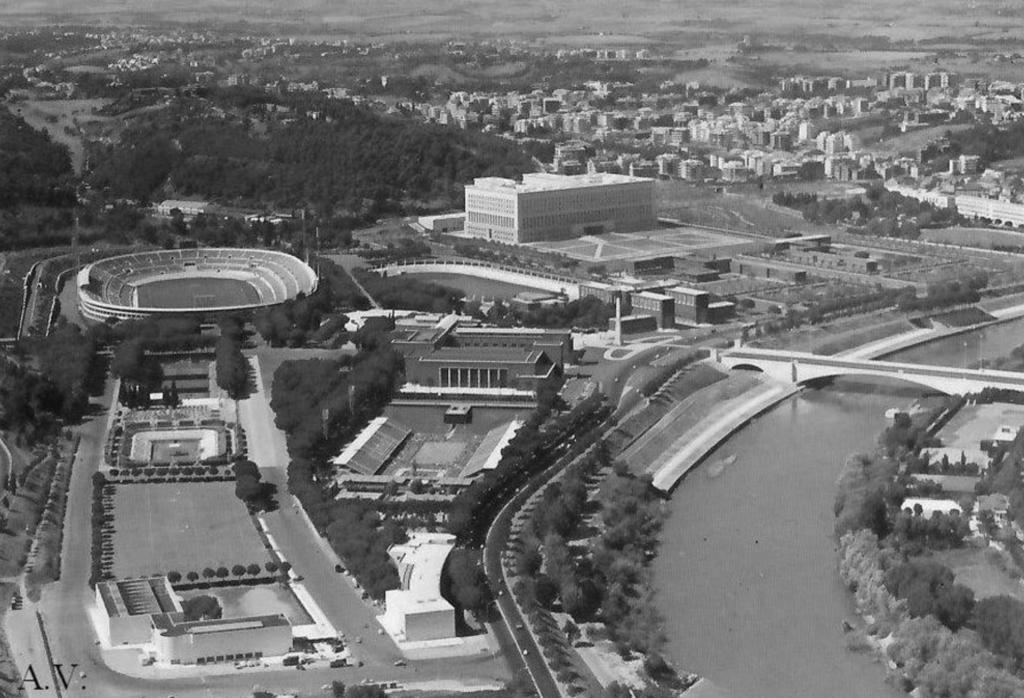 Foro Mussolini, questo l’altro suo nome, poichè nato sotto il fascismo di Benito Mussolini. All’epoca l’educazione fisica aveva un ruolo molto importante, lo sport veniva considerato altamente formativo. Contribuiva a formare un fisico perfetto e abituava all’obbedienza e alla disciplina.
Foro Mussolini, questo l’altro suo nome, poichè nato sotto il fascismo di Benito Mussolini. All’epoca l’educazione fisica aveva un ruolo molto importante, lo sport veniva considerato altamente formativo. Contribuiva a formare un fisico perfetto e abituava all’obbedienza e alla disciplina.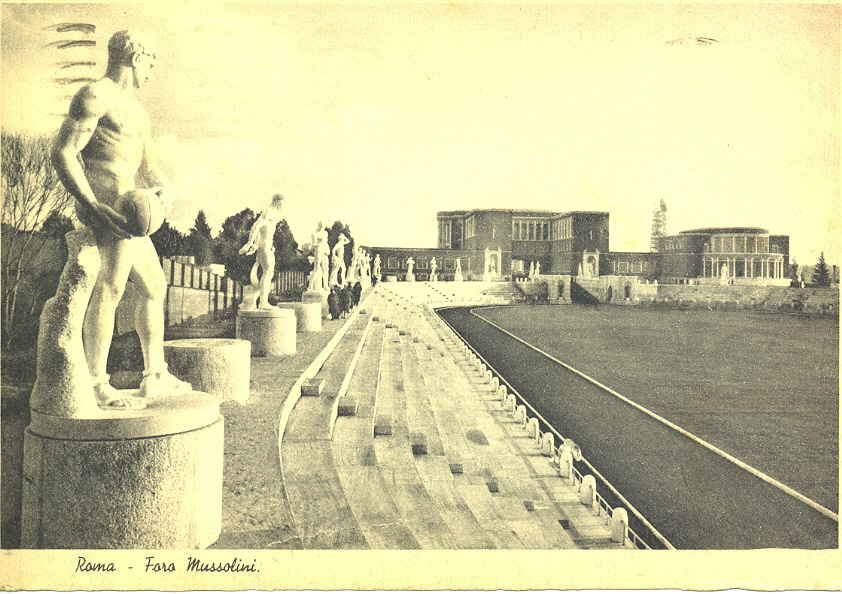
L’Opera Nazionale Balilla, che si occupava dell’educazione dei giovani, maschi e femmine, dai 8 ai 18 anni, commissionò all’architetto Enrico del Debbio la realizzazione di questo complesso. L’obelisco offerto dal popolo di Carrara, fu estratto in un unico blocco di circa 19 metri dalla cava e porta scritto sopra Mussolini Dux. Per il trasporto e l’innalzamento furono necessarie maestrie e particolari mezzi. Il Viale dell’Impero fu un progetto dell’architetto Luigi Moretti che voleva commemorare e rappresentare l’Impero fascista. Nel mosaico vengono rappresentate le gesta di quest’ultimo. La conquista dell’Etiopia, l’esaltazione dell’attività sportiva e dell’educazione fisica. Oltre alle parole d’ordine, i fasci e le immagini del leone. Ercole e Marte affiancano l’avvio del viale. Infine il giuramento che dice <<Giuro di eseguire senza discutere gli ordini del Duce e di servire con tutte le mie forse e se necessario con il mio sangue la causa della rivoluzione fascista>>.
La presenza di Mussolini è confermata dalla iscrizioni che ci sono sui grandi blocchi di Marmo del Piazzale dell’Impero. Troviamo poi la Fontana della Sfera, una grossa sfera bianca poggiata su un quadrato inserita in una piccola piscina circolare. La sua forma voleva rappresentare l’universalità dello spirito sportivo. Attorno alla fontana, mosaici che rappresentano soggetti marini disegnati dal pittore Giulio Rosso.
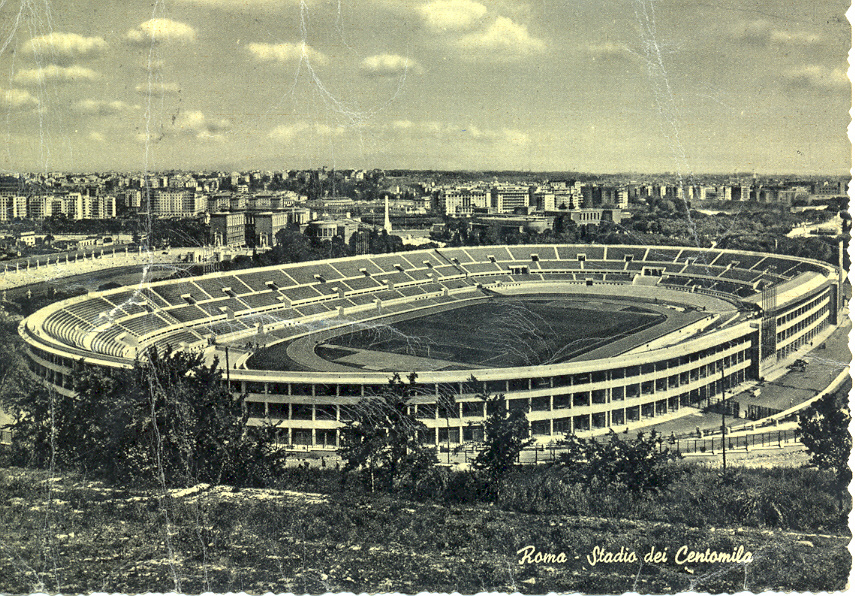 Il grande Stadio Olimpico, originariamente aveva il nome di Stadio dei Cipressi e non aveva esattamente l’aspetto di oggi. Era fatto completamente di travertino, capace di 50.000 spettatori.
Il grande Stadio Olimpico, originariamente aveva il nome di Stadio dei Cipressi e non aveva esattamente l’aspetto di oggi. Era fatto completamente di travertino, capace di 50.000 spettatori. 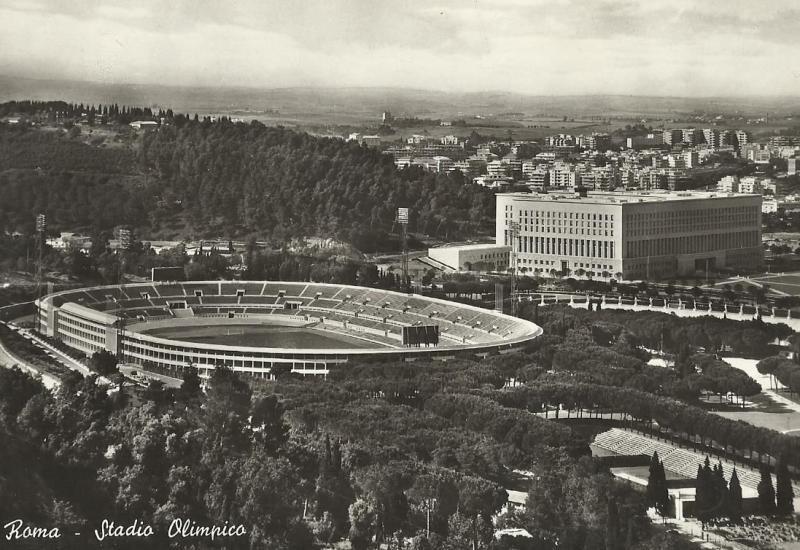
Lo Stadio dei Marmi viene inaugurato nel 1932, per la celebrazione del decennale della marcia su Roma. 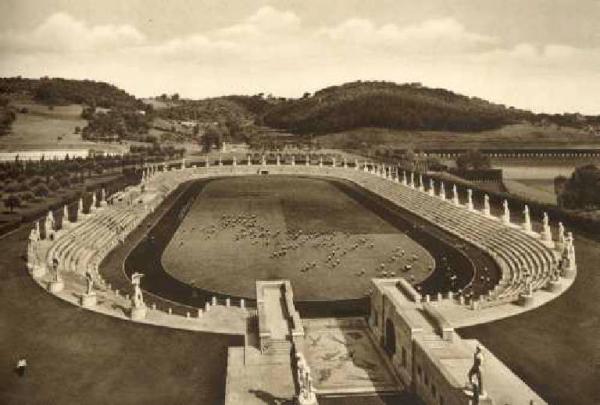 Circondato da sessanta statue che richiamano lo stile propagandistico fascista, furono donate ognuno da una provincia italiana differente. Le statue rappresentano le discipline sportive servendosi di corpi nudi maschili di 4 metri ciascuna, che mostrano al meglio la loro forma di atleta.
Circondato da sessanta statue che richiamano lo stile propagandistico fascista, furono donate ognuno da una provincia italiana differente. Le statue rappresentano le discipline sportive servendosi di corpi nudi maschili di 4 metri ciascuna, che mostrano al meglio la loro forma di atleta.
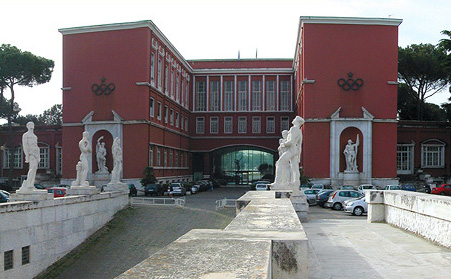 L’accademia fascista di educazione fisica fu costruita nel 1928 e doveva svolgere un attività fondamentale, formare gli insegnanti e istruttori di educazione fisica, ma la struttura assunse anche il ruolo di istituto per la formazione della dirigenza maschile delle organizzazioni giovanili fasciste. Oggi sede ISEF (Istituto Superiore di Educazione Fisica).
L’accademia fascista di educazione fisica fu costruita nel 1928 e doveva svolgere un attività fondamentale, formare gli insegnanti e istruttori di educazione fisica, ma la struttura assunse anche il ruolo di istituto per la formazione della dirigenza maschile delle organizzazioni giovanili fasciste. Oggi sede ISEF (Istituto Superiore di Educazione Fisica).
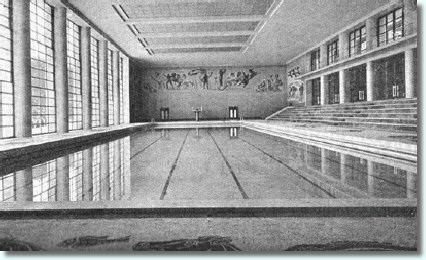 Il Palazzo delle Terme è opera dell’Architetto Costantino Costantini.
Il Palazzo delle Terme è opera dell’Architetto Costantino Costantini.
All’interno troviamo i mosaici di Giulio Rosso e quelli sulle pareti di Angelo Canevari. Al primo piano si trova la famosa palestra del Duce studiata da Moretti. Nella zona dell’ingresso della palestra troviamo un mosaico pavimentale di marmo bianco, rosso e nero. Il marmo intarsio nel linoleum è un grande protagonista. Attualmente viene usata come sala convegni.
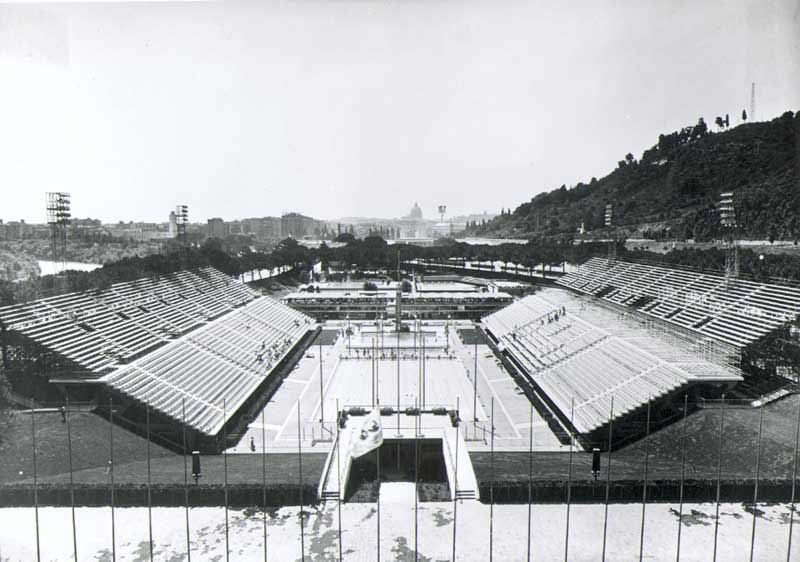 Lo Stadio Olimpico del nuoto fu un progetto del dopo guerra, 1956, ed è dotato di piscine per le gare, per i tuffi, per i corsi di nuoto firmarono il progetto gli architetti Enrico Del Debbio e Annibale Vitellozzi. Per ospitare tutti gli atleti venne costruita la Foresteria sud, e manterrà la sua funzione anche negli anni dopo. Oggi in stato di abbandono e senza alcuna funzione.
Lo Stadio Olimpico del nuoto fu un progetto del dopo guerra, 1956, ed è dotato di piscine per le gare, per i tuffi, per i corsi di nuoto firmarono il progetto gli architetti Enrico Del Debbio e Annibale Vitellozzi. Per ospitare tutti gli atleti venne costruita la Foresteria sud, e manterrà la sua funzione anche negli anni dopo. Oggi in stato di abbandono e senza alcuna funzione.
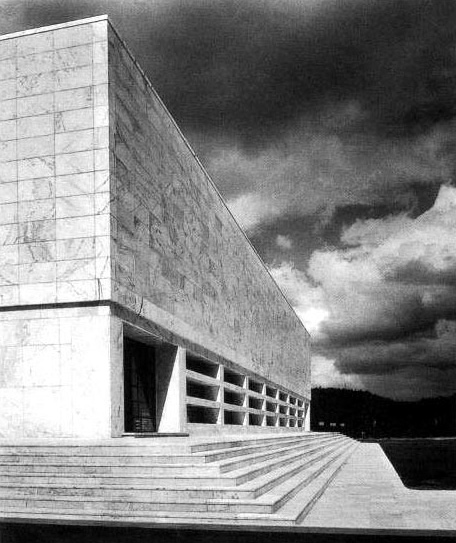 L’ Accademia fascista di scherma, come la inaugurò Mussolini, viene chiamata anche Casa delle Armi. Tutte le pareti esterne sono di marmo proveniente da Carrara. E’ presente inoltre una Biblioteca.
L’ Accademia fascista di scherma, come la inaugurò Mussolini, viene chiamata anche Casa delle Armi. Tutte le pareti esterne sono di marmo proveniente da Carrara. E’ presente inoltre una Biblioteca.
 Troviamo poi lo stadio centrale del Tennis, anche questo come lo Stadio dei Cipressi fu rimodernato e ridimensionato. Oggi ospita gli internazionali BNL d’Italia.
Troviamo poi lo stadio centrale del Tennis, anche questo come lo Stadio dei Cipressi fu rimodernato e ridimensionato. Oggi ospita gli internazionali BNL d’Italia.
Il complesso del Foro Italico è un museo a cielo aperto ed è possibile visitarlo tutti i giorni a tutte le ore, si trova alla base della suggestiva collina di Monte Mario.Visitare un luogo di questa importanza storica ci fa un poco rivivere un periodo importante per Roma, la durezza dell’architettura di quest’area ci riporta alla vita che si viveva in quegli anni.
Benito Amilcare Andrea Mussolini : da giovane impegnato nel partito socialista. Fondò successivamente un suo giornale “Il Popolo d’Italia” a favore dell’intervento italiano in guerra e fu per questo motivo che venne espulso dal partito socialista. Delusi dalla politica dei liberali, industriali e proprietari terrieri incominciarono a sostenere le squadre fasciste di Mussolini. Nel 1922 Mussolini con la minaccia della marcia su Roma ottiene l’incarico di formare il nuovo governo dal Re Vittorio Emanuele III. Il periodo 1922-1924 fu la fase lagalitaria del fascismo che terminò con le elezione irregolari del 1924 e il delitto di Matteotti che denunciò le scorrettezze. La costruzione dello Stato totalitario fu realizzata a partire dalle cosiddette “leggi fascistissime” che diedero pieni poteri a Mussolini. Il fascismo tentò, attraverso il controllo dell’educazione dei giovani, il consenso. Usò i mezzi di comunicazione come strumento di propaganda e condizionò anche il tempo libero delle famiglie. Cercò inoltre di risolvere i rapporti tra Stato e chiesa e nel 1929 si firmarono i Patti Lateranensi. Dopo una prima fase liberista, lo Stato fascista intervenne pesantemente nella vita economica promuovendo l’autarchia ( dal greco bastare a se stessi). Lo Stato intervenne anche sulle banche e sull’industria che con la scusa di aiutare le imprese in crisi comprò le loro azioni, rimanendo ancora oggi proprietario di alcune di queste. Impose al mondo del lavoro il corporativismo (dove il lavoratore e il datore di lavoro dovevano collaborare) solo per far tenere basso il costo del lavoro.La politica estera fascista fu nazionalista e colonialista. Il primo obiettivo fu la conquista dell’Etiopia, che era povero di risorse naturali ma che diede il via alla collaborazione con Hitler, il quale aveva appoggiato questa conquista con rifornimenti di armi e materie prime. Nel 1936 si firmò il patto di amicizia “Asse Roma-Berlino”. Successivamente l’Italia aderì ad un patto tedesco-giapponese contro il comunismo internazionale. Ci fu l’introduzione delle leggi razziali contro gli Ebrei e con il Patto d’Acciaio firmato nel 1939, Mussolini mise il destino Italiano nelle mani di Hitler.
Nata a Roma, formatasi alla scuola alberghiera, dove ha studiato storia dell’arte sempre con molta passione. Una volta diplomata, ha lavorato per alcuni anni come segretaria in uno studio commerciale, ma essendo per Lei un ambiente grigio e privo di interessi si è licenziata e si è trasferita in Estonia, a Tallinn dove ha iniziato lo studio dell’inglese. Una volta tornata in Italia aveva un obiettivo, lavorare nel suo campo di interesse e dopo alcuni mesi è riuscita a trovare quello che desiderava, in un agriturismo.
“Adoro essere circondata dal cibo e dall’arte”.

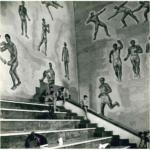
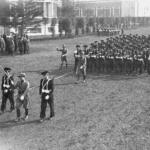
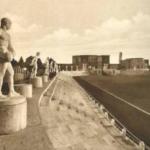
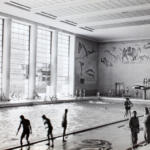
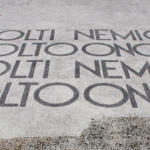

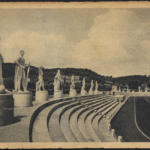
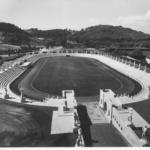
Interesting! I’m a teacher accompanying a group of secondary students from the Netherlands visiting Rome This week looking for ideas with respect to Roma Contemporanea … and your post is excellent!
I intend to start a tour for my studentsfrom the Porta Pia, the Breccia, to other parts of ‘contemporary’ Rome, like EUR, Piazza del Populo, the Ara Pacis and the nearby buildings with Fascist friezes and Flaminio… and is there anything I forget?
What would be the best way to travel? I am pretty close to the Via XX Septembre.
Hope you have time to answer my email!
Regards,
Fokke de Jong
Hello,
Your tour is very good …
things to see are really so much in Rome and not enough life, but our advice is to add to the tour the Garbatella district and also the Coppedè district